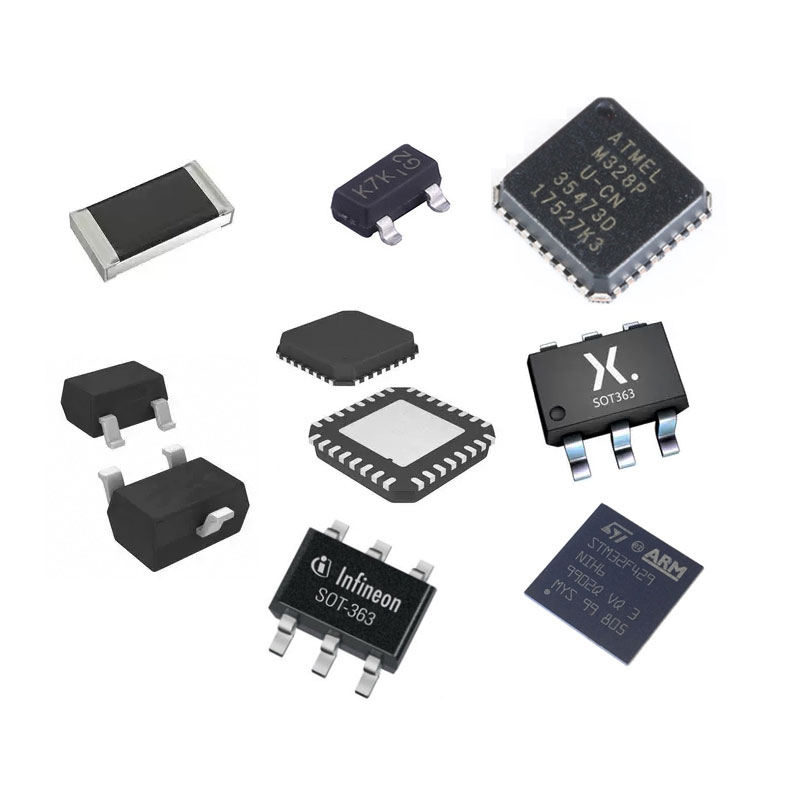
Measuring resistance is one of the important steps in circuit testing and troubleshooting. There are several methods for measuring resistance, each with their own use cases and specific advantages and disadvantages. The following are six common methods of measuring resistance. This article will introduce the principles, steps and precautions of each method in detail.
1. DC bridge method (Wheatstone bridge)
The DC bridge method is a basic method of measuring resistance using a Wheatstone bridge circuit. This method is suitable for resistance measurements that require higher accuracy.
principle:
A Wheatstone bridge circuit consists of four resistors, generally divided into two pairs of equal resistors. In the flat street state, the potentials on both sides of the bridge circuit are equal, and the unknown resistance can be measured by adjusting the ratio of the known resistance.
step
1. Build a Wheatstone bridge circuit
2. Turn on the power and adjust the ratio of the known resistance.
3. Observe the conditions of bridge balance.
4. Calculate the unknown resistance through equilibrium conditions
Precautions:
Make sure the bridge circuit is connected correctly
Use high-precision resistor standards
Adjust the resistor carefully to avoid damaging the device
2. Ohmmeter method
The ohmmeter is a simple instrument for measuring resistance and is suitable for general resistance measurements.
principle:
An ohmmeter calculates the value of a resistor by applying a current in a circuit and measuring the voltage produced across the resistor.
step:
1. Connect the ohmmeter to the circuit
2. Adjust the range of the ohmmeter
3. Read the resistance value on the ohmmeter.
Precautions:
Make sure the circuit is de-energized
Choose the appropriate ohmmeter range
Handle the ohmmeter carefully to avoid damage
3.Four-wire method
The four-wire method, also known as the Kelvin method, is a method that reduces the impact of cable resistance on measurement results. It is often used to measure low resistance values. Principle:
The four-wire method eliminates the influence of cable resistance on measurement results by separating the current leads and voltage leads.
step:
1. Connect the current leads and voltage leads
2. Apply current and measure voltage
3. Calculate the resistance based on the measured value
Precautions
Use low resistance current and voltage leads
Pay attention to the correct connection of current leads and voltage leads
Handle the instrument with care to ensure accurate measurements.
4.Constant current source method
The constant current source method is a method of measuring resistance value by applying a stable current and measuring the corresponding voltage.
principle
The constant current source method calculates the resistance value by keeping the current constant and measuring the voltage.
step
1. Establish a constant current source circuit
2. Measure the voltage drop
3. Calculate the resistance value.
Precautions:
Ensure the stability of the constant current source
- Carefully size the current source to avoid damaging the circuit
5.Transient method
The transient method is a method of measuring resistance by measuring its response to a pulsed current.
principle
The transient method calculates resistance by applying a pulse of current to a resistor and measuring the resistor's response to the pulse.
step
1. Apply pulse current.
2. Measure the response of the resistor to the pulse
3. Calculate the resistance value based on the response curve
Precautions:
Make sure the amplitude of the pulse current is appropriate.
Choose the right measuring equipment
Handle pulsed current sources with care
6.Temperature coefficient method
The temperature coefficient method is a method of calculating resistance value by measuring the change of resistance at different temperatures.
principle
The value of a resistor changes with temperature. By measuring the value of the resistor at different temperatures, the resistance value can be calculated.
step:
1. Place the resistor in different temperature environments
2. Measure the change of resistance value with temperature
3. Calculate the resistance value using the temperature coefficient
Precautions:
Ensure temperature measurement is accurate
Use appropriate temperature control equipment
Pay attention to the effect of temperature on resistance value
Summarize
The above are six common methods of measuring resistance. Each method has its applicable scenarios and precautions. When selecting a measurement method, factors such as the resistance range, accuracy requirements, and measurement environment need to be considered based on the actual situation. Whichever method is chosen, care needs to be taken to ensure measurement accuracy and safety. In practical applications, the most appropriate measurement method can be selected according to the specific situation, or multiple methods can be combined to obtain more reliable measurement results.
Eurotech is a worldwide supplier and exporter of electronic components, specializing in ICs, LCDs, Memory, Chips, computer parts, networking equipments and other passive components.
Tel: (86) 755 8395 9469
E-mail: info@eurotech-ic.com